Latin Chronicle: evolution of a protein genre for day-to-day narration
Keywords:
Journalism, Chronicle, Narrative form, GenreAbstract
The Latin chronicle introduces a new form of narrating the everyday apart from the classic news story, which differs not only by stylistic and aesthetic features, but also by certain conception about the same journalistic discourse and production routines. In recent years, the "transgressive" character that has this narrative form to deviate from the hegemonic representations of subaltern groups and addressing emerging social tensions by warning the conflict. This is a journalism genre in the margins and interstices - as Walter Benjamin believed the key to account those realities that are often socially invisible by chronic classical spaces. This article presents a critical review of the literature relevant to the subject is made and, to that end, some of the texts considered flagship for valuable theoretical contributions are discussed, whether by approaches that promote or discussions.
Published
How to Cite
Issue
Section
The authors that publish in this Journal accept the following terms:
a. Authors retain copyright and grant the journal right of first publication with the work simultaneously licensed under a Creative Commons Attribution License Attribution-NonCommercial-NoDerivs 3.0 Unported (CC BY-NC-ND 3.0) that allows others to share the work with an acknowledgement of the work's authorship and initial publication in this journal.
b. Authors are able to enter separate, additional contractual arrangements for the non-exclusive distribution of this journal's published version of the work (e.g., post it to an institutional repository or publish it inside a book), with an acknowledgement of its initial publication in this journal. All the works published on this Journal are retrieved and safeguarded in the Institutional Repository of this University: Repositorio UNLaM
c. Authors are allowed and encouraged to post their work online (e.g., in institutional repositories or on their website) prior to and during the submission process, as this can lead to productive exchanges, as well as to enriching and enlarging the number quotations on the work published.
















